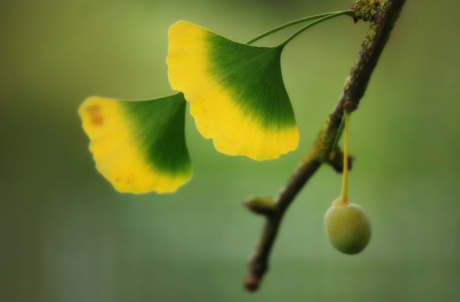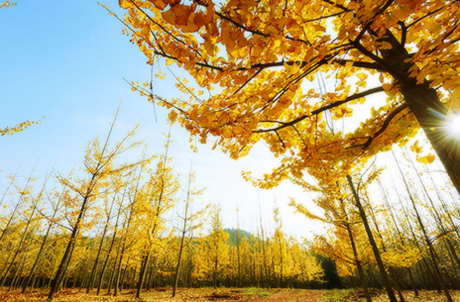Join our hands to conserve nature!
Ginkgo biloba
Maidenhair Tree, Fossil Tree, Kew Tree
Up to 40 m
China
March to April
August to October
Pollinated by wind. Seeds dispersed by birds and mammals.

















